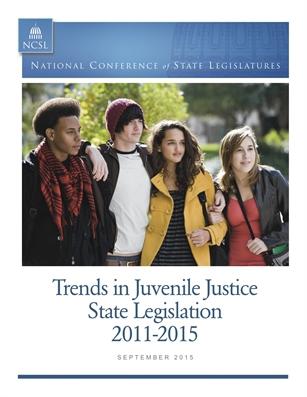In the past five years, juvenile justice reform legislation in the United States has grown at a remarkable pace. The recent shift in juvenile justice policy marks a clear departure from laws enacted 20 years ago.
After a dramatic increase in serious juvenile crime in the late 1980s and early 1990s, legislatures in nearly every state passed laws to hold more young offenders accountable through adult sentencing options. Yet by 2015, state after state continues to re-examine its policies and rebalance approaches to juvenile justice to produce more effective responses to youth crime and improve overall justice systems.
Today, juvenile justice reform has become a largely bipartisan issue as lawmakers work together to develop new policies to align sound fiscal responsibility, community safety and better outcomes for youth. New legislative reforms reflect an interest in developmentally appropriate approaches to more evidence-based methods and cost-effective alternatives to incarceration. There also now exists an abundance of research that is available to lawmakers and the field on adolescent development—that includes the latest neuro, social and behavioral science that distinguishes juveniles from adult offenders.
[For more of this story, written by Sarah Alice Brown, go to http://modelsforchange.net/publications/783]




Comments (0)